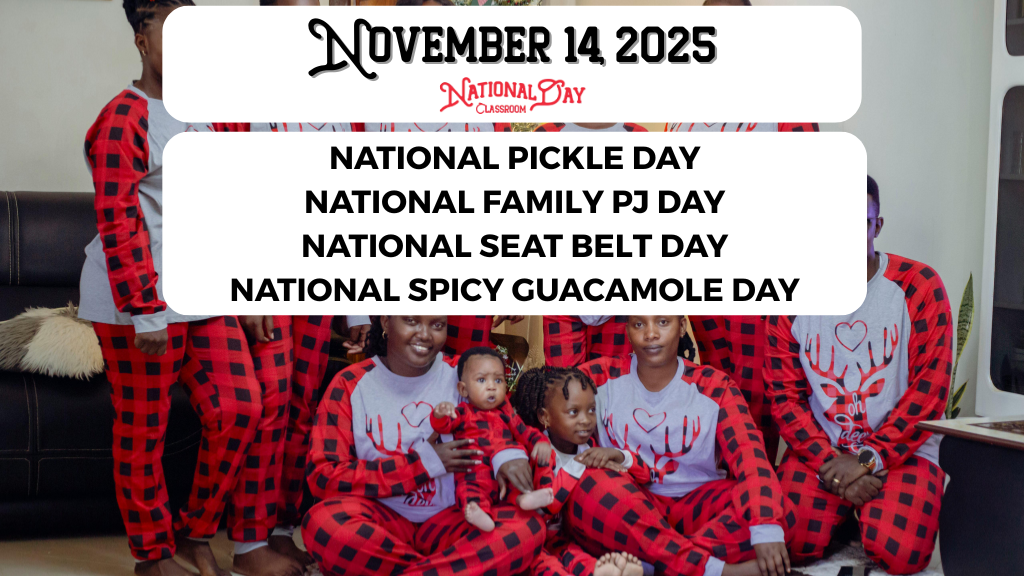
🧪 The Science of Pickling Lesson
This cross-curricular lesson combines science, history, and even a bit of math, depending on the age group.
🔬 Core Concepts
The lesson should focus on how pickling works:
- Preservation: Pickling is one of the oldest methods of food preservation, dating back thousands of years (around 2030 B.C.). It was a crucial way for ancient civilizations and early travelers to keep food from spoiling.
- The Role of Brine: A pickle is essentially a cucumber preserved in a brine (a salty, acidic mixture, typically involving vinegar or just salt and water for fermentation).
- Acidity and Bacteria: The high acidity of the brine (vinegar) or the fermentation process (which produces lactic acid) creates an environment hostile to most harmful, spoilage-causing bacteria. This allows the food to be safely stored for a long time.
- Different Types: Discuss the difference between:
- Vinegar Pickles (Quick Pickles): Where vinegar provides the main source of acid.
- Fermented Pickles (Dill Pickles): Where natural bacteria (specifically Lactobacillus) convert sugars into lactic acid, which preserves the food and provides probiotics.
💡 Suggested Activities
- Taste Test & Graphing:
- Conduct a simple pickle taste test with different varieties (dill, sweet/bread and butter, spicy).
- Have students graph the results to determine the class favorite. This ties into data collection and mathematics.
- Quick Pickle Demo (Science/Math):
- Have students measure the ingredients for a simple refrigerator pickle recipe (water, vinegar, salt, sugar, seasonings, and sliced cucumbers). This involves working with ratios and measuring liquid volume.
- Discuss the role of each ingredient in the preservation or flavor process.
- History and Culture:
- Share fun facts, such as how Cleopatra and Julius Caesar prized pickles for their supposed health and strength benefits.
- Discuss how the need for food preservation has shaped human history and global exploration (pickles were vital for long sea voyages).